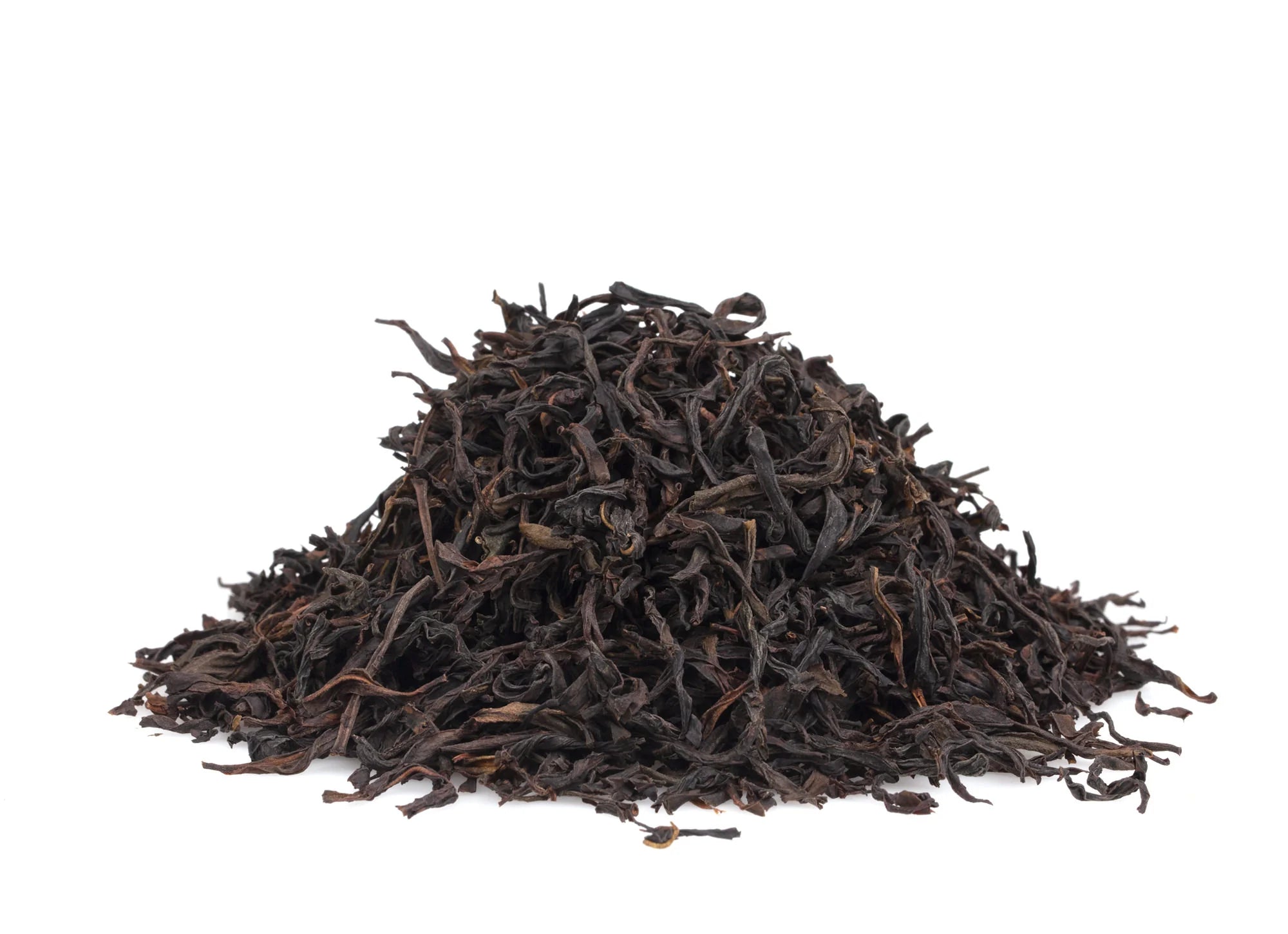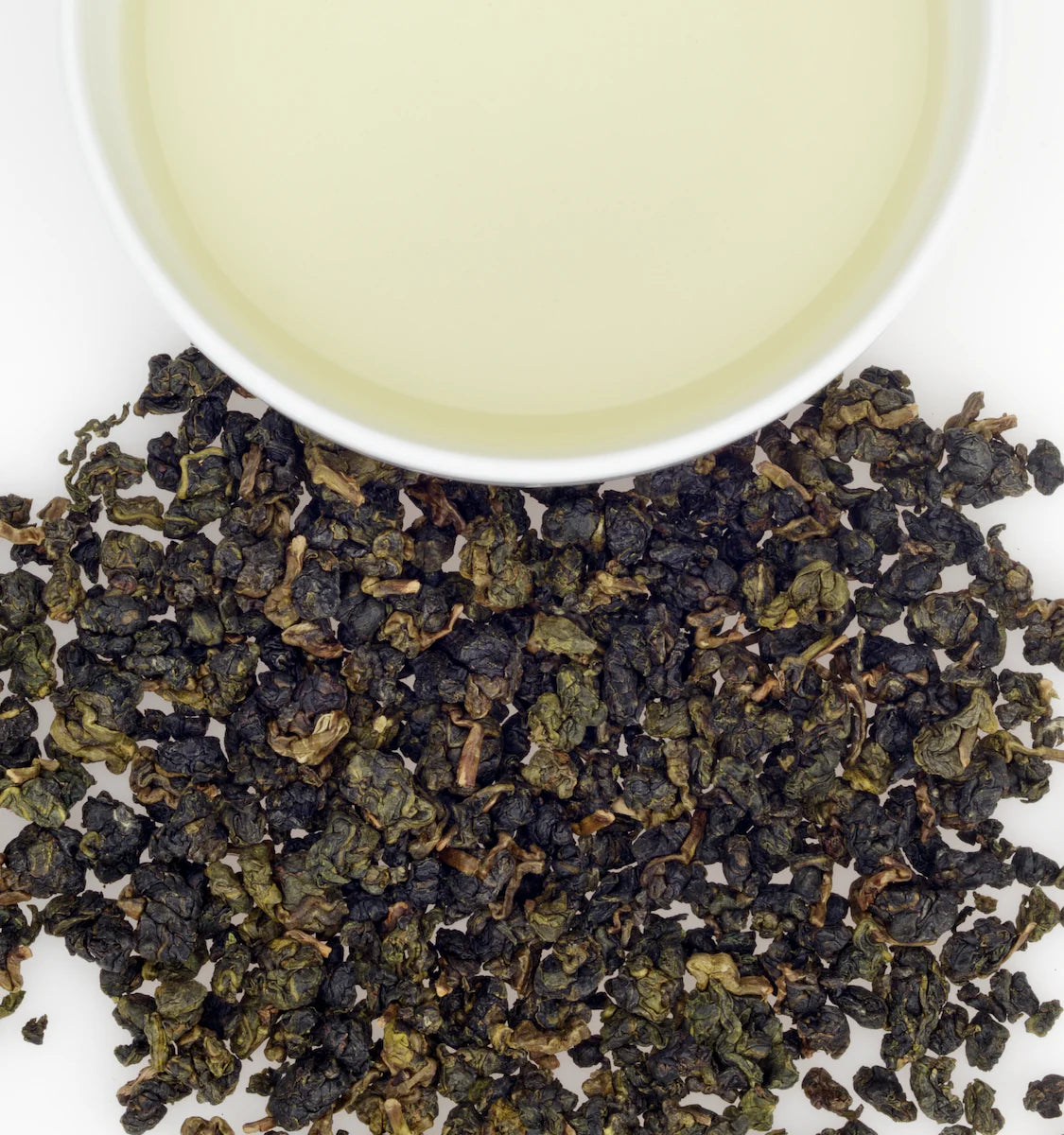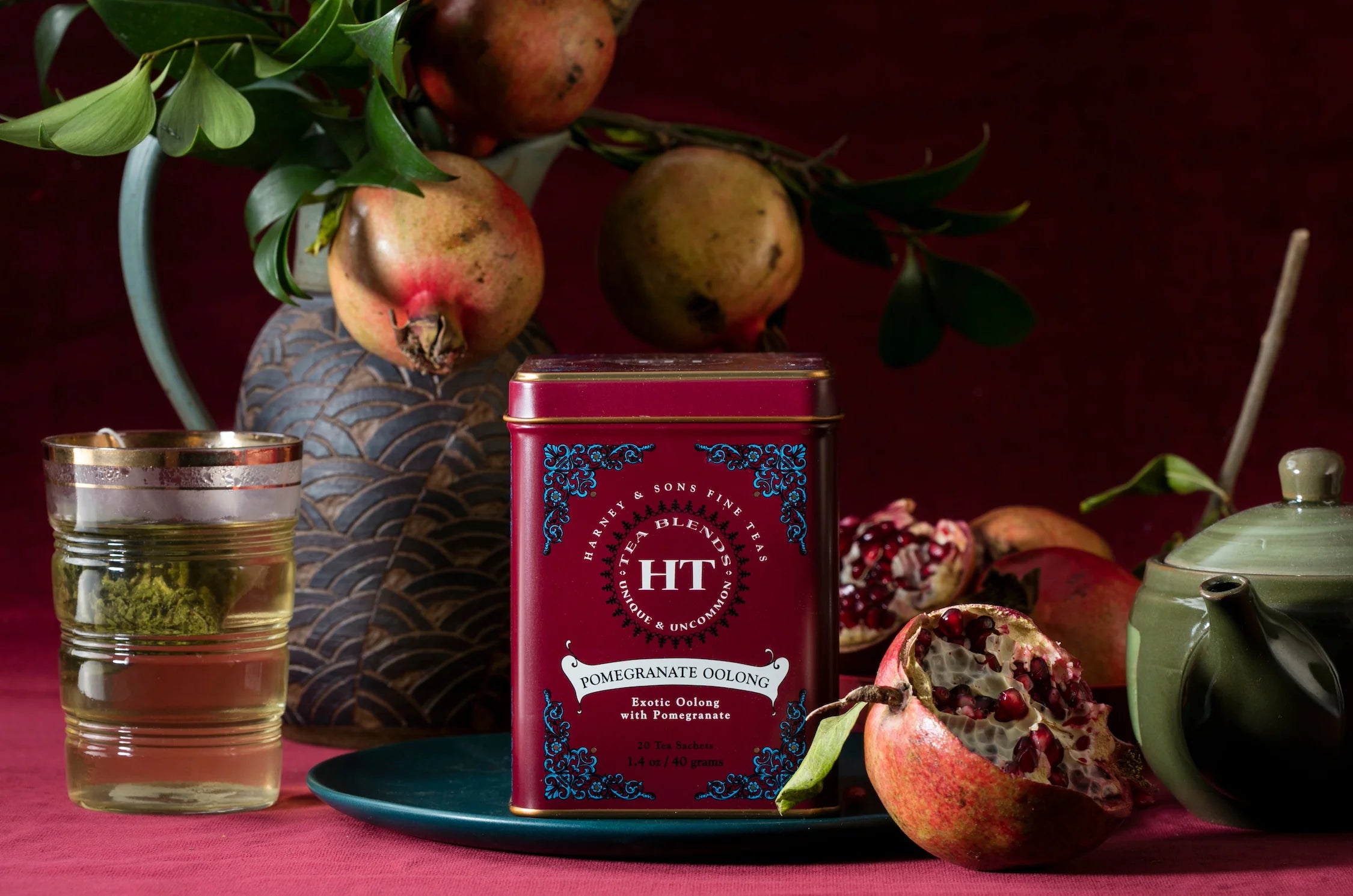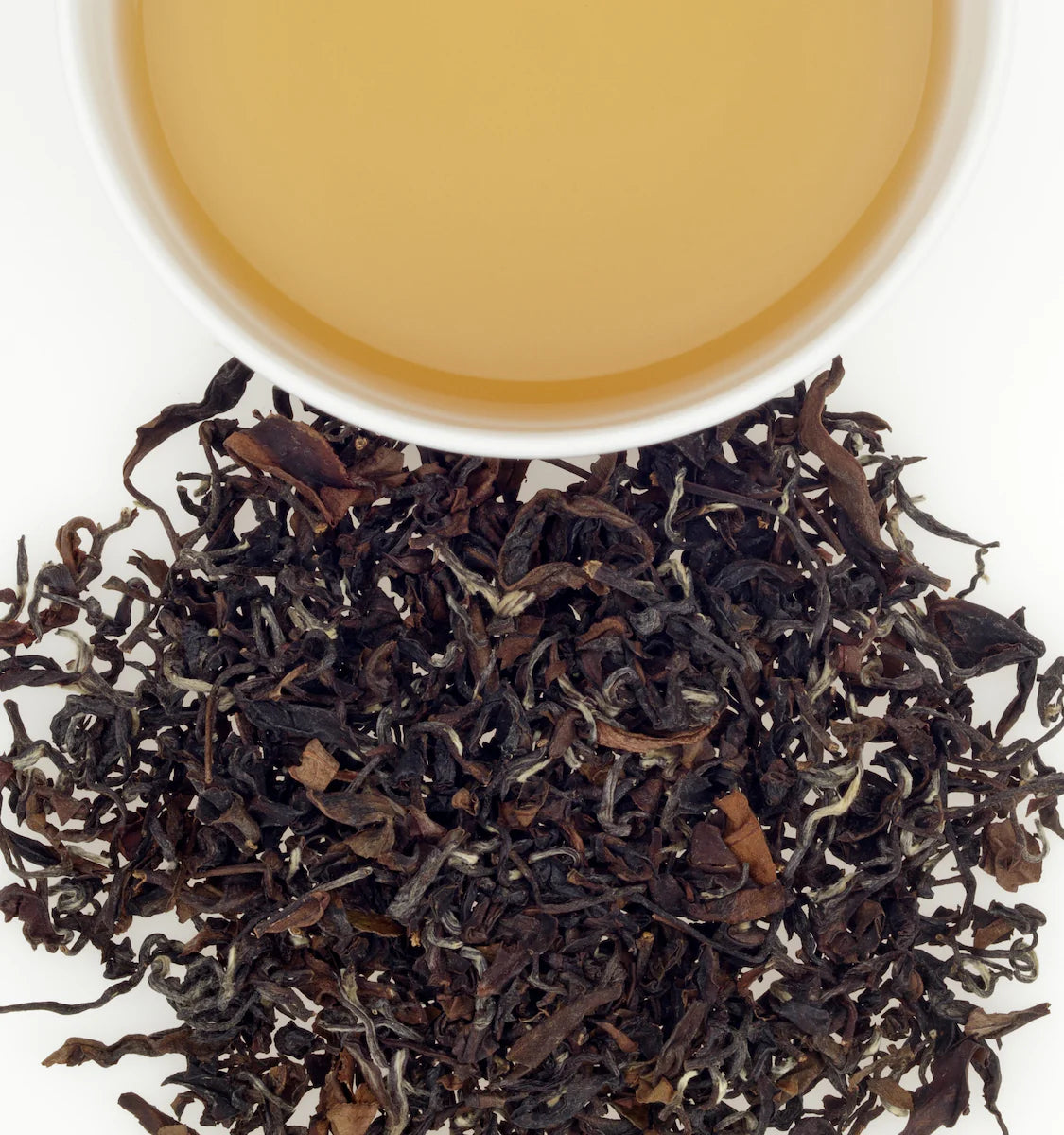Chinese Oolong Teas
Oolongs are semi-oxidized teas, so they are neither green nor black, but somewhere in between. They likely first appeared 300 years ago in China's Fujian Province.
Your Cart
Your cart is empty
Oolong tea is sometimes referred to as brown tea, being halfway between black tea and green tea. In many respects, it is the most complicated tea to make because the tea is only partially oxidized. Repeated rolling brings the tea to the desired level of oxidation, which is between the zero oxidation levels of green tea and the high level of oxidation black teas undergo. However, the reward for all that hard work is tea with a great body and the most intense, varied aromas and flavors. Many oolongs are creamy; their liquor literally coats your mouth like fresh cream. Others are almost effervescent, practically fizzing like Champagne.
Oolongs are semi-oxidized teas, so they are neither green nor black, but somewhere in between. They likely first appeared 300 years ago in China's Fujian Province.
We use potent, delicious oolongs blended with unique flavors to enhance their inherent characteristics.
China may have been the first to make oolongs, but they were later transplanted to the island off of China, Taiwan. Here, beautiful, light and dark oolongs are made.

Oolongs were developed after green and black teas, around 300-400 years ago. Originally they were developed in the Chinese coastal province of Fujian and eventually moved down the coast of China and across the waters to Taiwan. The Taiwanese have elevated the oolongs in recent years by optimizing packaging and transport of the delicately flavored tea leaves.


Oolong teas have a wider brewing temperature range than other tea varietals. Oolong tea is not as delicate as green or white teas but also does not require as much heat as black teas to bring out its fragrant flavors. Our wide offering of unique oolong tea blends results in different optimal temperatures, with lighter oolongs tasting best brewed around 180°F and darker oolong tea flavors benefiting from a higher temperature at 212°F. You can use electric water-dispensing pots to heat water to exact temperatures, or you can insert instant-read thermometers to check the water temperature prior to pouring over your oolong tea leaves.

Oolong tea leaves can steep anywhere from 3 to 4 minutes. Each specially selected variety and each drinker’s palate will dictate the proper brewing time. Observing both the tea liquor and the body will help you gauge whether you have brewed your tea for the correct amount of time.
If you’re looking for a stronger cup of tea, it’s best to increase the amount of tea used instead of increasing the brewing time.